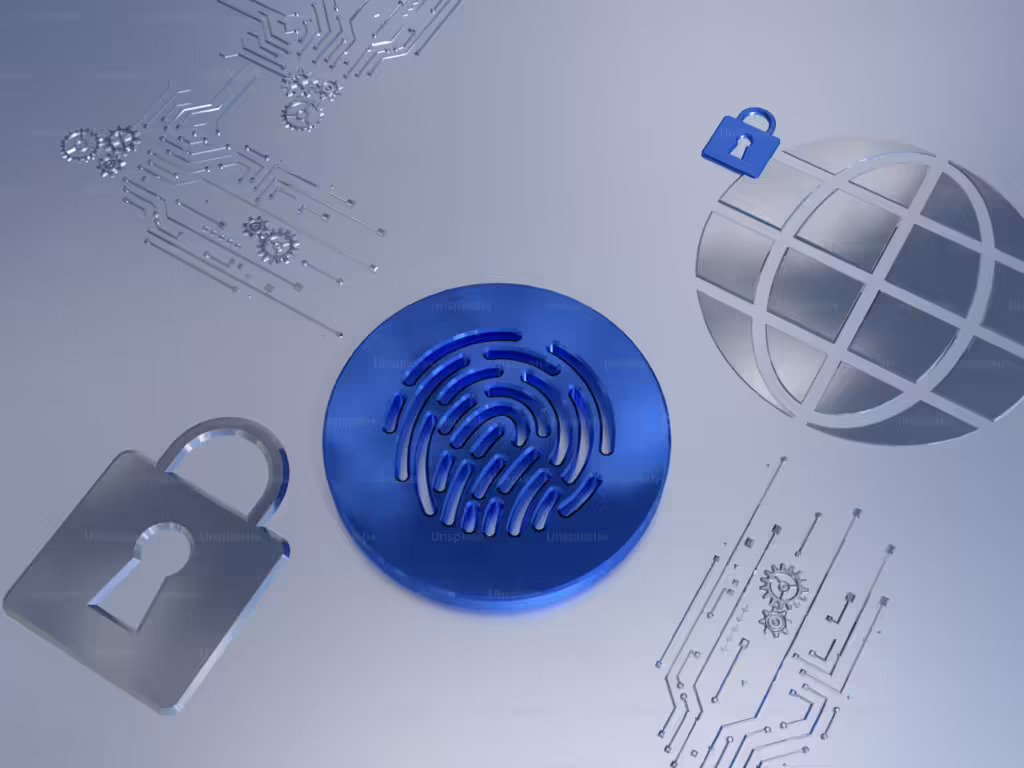By implementing a robust cybersecurity strategy—incorporating security operations, VAPT testing, and employee awareness training—businesses can identify vulnerabilities, mitigate risks, and enhance overall resilience. This guide provides essential strategies to strengthen enterprise cybersecurity and safeguard critical assets from evolving cyber threats
Understanding Cybersecurity for Enterprises
Enterprise cybersecurity involves a combination of policies, technologies, and training programs designed to protect an organization’s digital assets. It covers everything from Security Operations (SOC) to Vulnerability Assessment and Penetration Testing (VAPT) and employee awareness programs.
Importance of a Security Operations Center (SOC)
A SOC serves as the nerve center of an enterprise’s cybersecurity framework. It continuously monitors network activity, detects potential threats, and responds to security incidents in real time. By implementing a SOC, businesses can:
- Improve threat detection and response times.
- Minimize the impact of cyberattacks.
- Ensure compliance with regulatory requirements like SOC 2 for cybersecurity.
Strengthening Cybersecurity Through VAPT Testing
Vulnerability Assessment and Penetration Testing (VAPT) is a crucial security measure that helps organizations identify weaknesses in their systems before malicious actors can exploit them.
Key Benefits of VAPT Testing:
- Identifies and mitigates security vulnerabilities.
- Ensures compliance with industry regulations.
- Enhances overall security posture.
Companies should conduct VA and PT exercises regularly to assess and strengthen their defenses.
Importance of VA and PT Testing in Enterprise Cybersecurity
Vulnerability Assessment (VA) and Penetration Testing (PT) are critical components of an effective cybersecurity strategy, ensuring that businesses stay ahead of cyber threats. These tests help organizations identify security gaps before malicious actors can exploit them.
1. Identifying Weaknesses Proactively
VA and PT testing simulates real-world cyberattacks, allowing businesses to discover vulnerabilities in applications, networks, and infrastructure. By addressing these security gaps early, companies can prevent data breaches, financial losses, and reputational damage.
2. Ensuring Compliance and Data Security
Regulatory standards like SOC 2 for cybersecurity require companies to maintain strict security measures. Regular VA and PT testing helps organizations comply with these regulations, demonstrating their commitment to data integrity and protection.
3. Strengthening Overall Security Posture
By integrating VAPT testing into cybersecurity frameworks, businesses can enhance their defenses against evolving threats. Continuous assessments, along with security awareness training, help organizations stay resilient against cyber risks.
Investing in VA and PT is not just about compliance but also about proactive risk management. With Digitraly’s expertise in cybersecurity, businesses can conduct comprehensive VAPT testing to safeguard their digital assets and maintain customer trust.
Security Awareness and Training Programs
While implementing advanced security technologies is essential, human error remains one of the biggest cybersecurity risks. Investing in security awareness training can significantly reduce these risks by educating employees about potential threats and best practices.
Implementing strong security practices like multi-factor authentication (MFA) is crucial in preventing cyberattacks. Additionally, investing in security awareness training is essential to educate employees about potential threats and best practices.
According to Microsoft, more than 99.9% of compromised accounts lack MFA, leaving them vulnerable to phishing, password spray, and password reuse attacks. Combining MFA adoption with awareness training significantly strengthens an organization’s defense against cyber threats.
Core Components of Security Awareness Training:
- Phishing Attack Recognition – Training employees to identify and report phishing attempts.
- Password Security – Implementing strong password policies and multi-factor authentication.
- Data Security Awareness – Educating teams on handling sensitive information securely.
For businesses looking to enhance their teams’ cybersecurity skills, enrolling in security courses and penetration testing training can be highly beneficial.
Application Security and Compliance
With the rise of cloud applications and remote work, securing applications has become a top priority. Application security training courses help businesses understand and implement best practices for protecting software from vulnerabilities.
Best Practices for Application Security:
Implement Secure Coding Practices
Secure coding is the foundation of application security. Developers must follow secure coding guidelines to prevent vulnerabilities such as SQL injection, cross-site scripting (XSS), and buffer overflow attacks. Enforcing code reviews, using automated security scanning tools, and integrating security into the development lifecycle (DevSecOps) can significantly reduce risks.
Regularly Conduct Security Assessments and VAPT Testing
Conducting periodic security assessments helps businesses identify weaknesses before they can be exploited. VAPT testing combines vulnerability assessments and penetration testing to simulate real-world cyberattacks, ensuring applications are fortified against emerging threats. Frequent security audits, threat modeling, and continuous monitoring enhance an organization’s ability to respond to evolving threats.
Adopt a SOC 2 for Cybersecurity Framework to Ensure Data Integrity
Achieving SOC 2 for cybersecurity compliance is crucial for businesses handling sensitive customer data. This framework mandates strict security controls to maintain data privacy, security, and integrity. By adhering to SOC 2 standards, organizations can build trust with stakeholders, demonstrate compliance with industry regulations, and minimize risks associated with data breaches.
Essential Tools and Skills for Enterprise Cybersecurity
To build a strong cybersecurity framework, businesses must leverage the right tools and develop essential skills within their teams. Whether you aim to enhance security defenses or upskill your workforce, understanding these key components is the first step toward comprehensive protection.
Below are some critical cybersecurity tools and skills required to safeguard an organization’s digital assets effectively:
SIEM Tools (Security Information and Event Management):
These solutions gather and analyze security data from various sources, enabling rapid threat detection and response. Popular options include Splunk, IBM QRadar, and ArcSight.
Endpoint Detection and Response (EDR):
EDR tools continuously monitor endpoints for malicious activities like phishing and provide real-time threat mitigation. Leading platforms include CrowdStrike Falcon, Carbon Black, and Microsoft Defender.
Intrusion Detection/Prevention Systems (IDS/IPS):
These tools, such as Snort, Suricata, and McAfee Network Security Platform, analyze network traffic to detect and prevent cyber threats.
AWS Security Solutions:
As businesses increasingly migrate to the cloud, AWS security platforms play a crucial role in monitoring and securing cloud environments. Key tools include Palo Alto Networks Prisma Cloud, AWS Security Hub, and Microsoft Cloud App Security.
Threat Intelligence Platforms:
These tools aggregate real-time data on emerging cyber threats, helping organizations stay ahead of potential attacks. Notable platforms include ThreatConnect, Singularity™ Threat Intelligence, Recorded Future, and Anomali.
By integrating these tools and fostering cybersecurity expertise, enterprises can fortify their digital infrastructure against evolving cyber threats.
To Sum Up:
Enterprise cybersecurity is not a one-time effort but a continuous process that requires regular assessment, training, and adaptation to new threats. By leveraging SOC, VAPT testing, and security awareness training, businesses can build a robust security framework that protects their data and operations from cyber threats. Investing in security courses and penetration testing training ensures that your team stays ahead of evolving security challenges.
Prioritizing cybersecurity today will safeguard your business against potential threats and position it for long-term success in the digital age. Enhancing cybersecurity requires the right expertise and tools. Digitraly provides cutting-edge cybersecurity solutions, including SOC implementation, VAPT testing, and security awareness training, tailored to your business needs. Whether you need penetration testing, compliance support, or advanced security operations, our experts are ready to help.
Secure your enterprise today with Digitraly and stay ahead of cyber threats. Contact us now to enhance your business against evolving security challenges!



